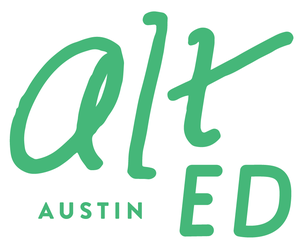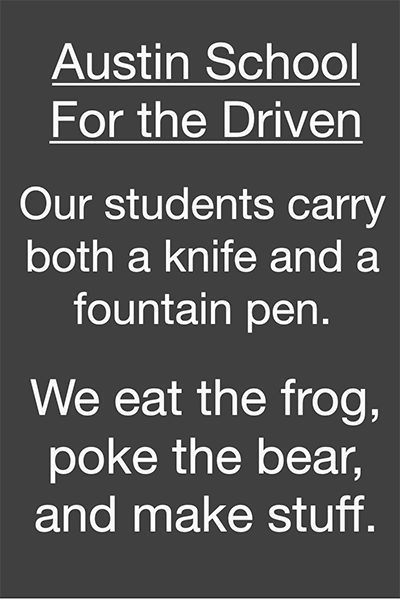Media Monday: For the pirate, the paleontologist, or the pianist in your girl—Magazines that empower
/You may have seen some recent stories making the rounds on Facebook about the one-dimensional offerings in Girls’ Life vs. Boys’ Life magazines. And you may also have caught a mention here and there of Kazoo, a brand-new magazine for girls ages 5 to 10 that explicitly takes a feminist stance. Kazoo encourages girls to “make some noise” and features stories about science, exploration, sports, and other topics to engage young minds. There are no advertorials about fancy hairstyles or makeup here. Amy Poehler’s Smart Girls website—a fountain of pro-girl information, says Kazoo is required reading, and I agree. The latest issue, focused on nature and the great outdoors, looks like it will be out in mid-October.
Kazoo is a labor of motherly love, created by Erin Bried and funded by a record-breaking Kickstarter campaign. Bried just couldn’t find any magazines her daughter liked at the newsstand. “Every single title on the rack sends the message that there’s only one right way for a girl to look, dress, and act, and it’s usually like a princess. My daughter happens to prefer pirates, so we left empty-handed.”
Currently, Kazoo is only available in print and only published four times a year, at a fairly pricey $12.50 per issue or $50 per year. But it’s possible the number of issues will go up, and the price will come down a little as it gets more established. I only wish Bried’s team would launch a companion magazine for girls ages 11 to 16, since we all know that those are the years when girls tend to lose their confidence and assertiveness, often retreating from their interest in pirates. You can follow Kazoo on Facebook to find out the latest info.
Seeing Kazoo and the great welcome it seems to have received among parents and the press inspired me to look around a little for other magazines for girls—and also by girls and boys. Here are a few I found that are worth looking at with your kids:
Shameless is a Canadian teen magazine aimed at girls and also trans youth. The topics tend toward culture and politics, and each issue usually includes profiles of cool women, a little sports, crafts, tech, and other on-trend topics. Unfortunately, it only comes out three times a year and is rare in U.S. bookstores, but the great thing is that you can download full issues from their site at only $5 each. The blog that goes with the magazine offers tons of unique articles, and the diversity of the bloggers is a major plus. Definitely worth a look if your kid likes music, the arts, politics, and Canadians—well, who doesn’t like Canadians? And they take art and story pitches from readers!
New Moon Girls is by and for girls ages 9 to 16 and has been around since the 1990s. The magazine takes a community focus, with an online component that connects girls and offers intellectual and emotional support during the tough tween and teen years. The magazine features an amazing variety of stories looking at girls’ lives worldwide, fiction, health, crafts, careers, science—and actively encourages submissions from young writers. It’s published six times a year, with a $40 subscription.
I also ran across an online news site called Teen Voices, which is an offshoot of the nonprofit Women’s eNews. Apparently, there used to be a print version, but it doesn’t seem to be published anymore. This site offers an opportunity for teen girls to write and report on stories they are passionate about and has an expansive global vision.
For girls and boys:
You’re probably familiar with the Cricket media empire for kids—they produce high-quality educational magazines for all ages. One I was not familiar with, but which is focused on the sciences, with a little history and archaeology thrown in for good measure sometimes, is MUSE, for kids ages 9 to 14. They offer a sample issue to check out with your kids and publish nine issues a year, with reasonably priced print and digital subscriptions.
And there’s a great Texas-based magazine, Creative Kids, for ages 8 to16, that includes art, essays, and stories submitted by kids and for kids. It’s a quarterly paper magazine, but there is a limited online version and a blog. I love the way this one encourages young writers and artists and takes them seriously as creators.
I’d like to do a full blog post soon about the wealth of opportunities out there for kids to publish their fiction and artwork, so please let me know if there are print or online magazine that you recommend!
Shelley Sperry






![Photo by Larry D. Moore [CC BY-SA 3.0 or GFDL], via Wikimedia Commons](https://images.squarespace-cdn.com/content/v1/54d27ffde4b0efe7320caf64/1470091440345-L80367KNGLS0M0I7BM1I/image-asset.jpeg)











